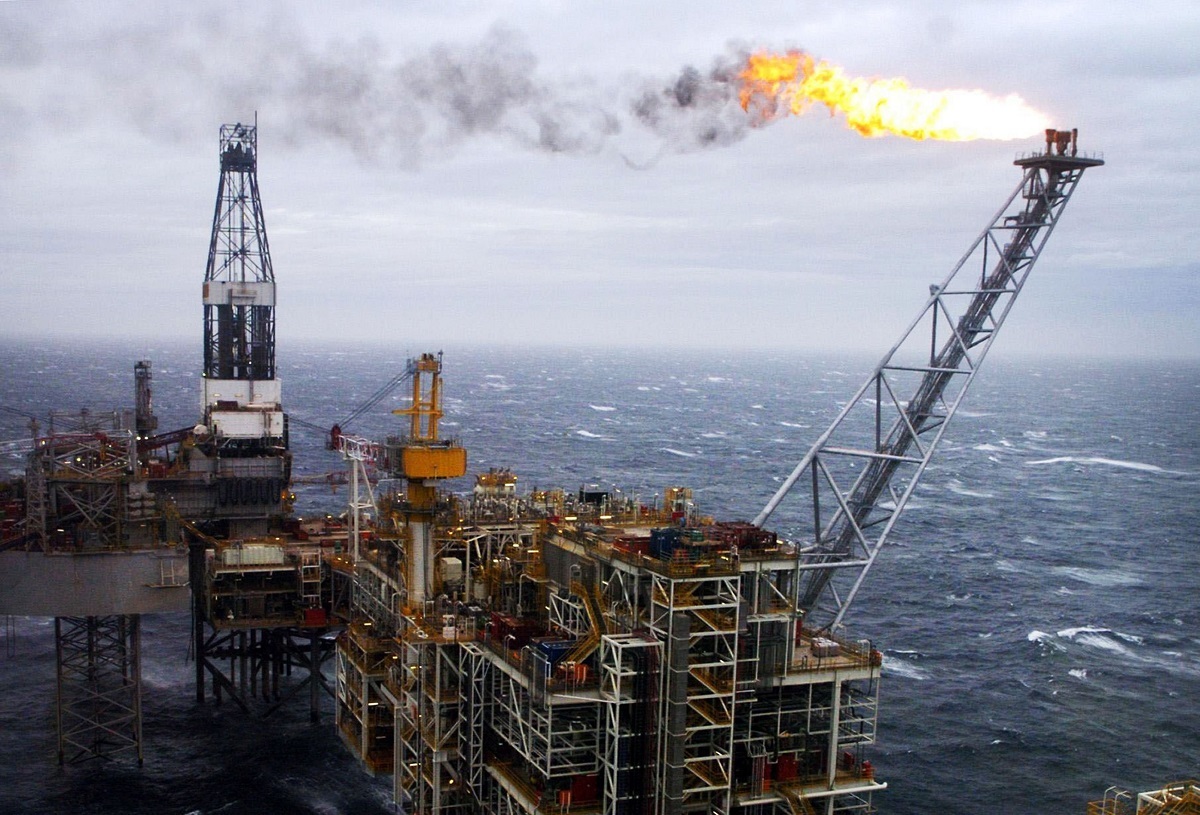
Major oil and gas firms must cut production by more than a third by 2040 to meet global targets to tackle climate change and prevent shareholder losses, analysis warns.
Under the international Paris Agreement, countries committed to keep global temperature rises to well below 2C above pre-industrial levels and to pursue efforts to limit them to 1.5C to avoid the worst impacts of climate change.
But the latest report from climate finance analysts Carbon Tracker warned that global-proved reserves of fossil fuels still significantly exceed the amount that can be burned to stay within Paris limits.
Since 2011, global-proved reserves of oil and gas have increased and amount to 50 years at current production, Carbon Tracker said.
Global emissions from fossil fuels need to come down swiftly and reach net zero in the second half of the century to prevent dangerous climate change.
According to Carbon Tracker analysis that looked at which projects would still be economic in a world on track to limit rises to 1.6C, the world’s seven oil and gas majors must cut their production by an average of 35% and emissions by 40% by 2040.
Different companies will have to do more or less depending on what projects they are exploiting and have in the pipeline.
A failure to curb production would mean the world misses its targets to limit rising temperatures or shareholders lose out as investment in projects becomes “stranded” in the face of lower demand for fossil fuels as countries meet their goals.
Company targets to reduce emissions often exclude the final use – such as burning petrol in combustion engine cars – which accounts for the majority of the pollution from the fuels, or do not focus on total carbon cuts.
None of the companies have “Paris-compliant” goals, the analysis suggests.
Mike Coffin, oil and gas analyst at Carbon Tracker and report author, said: “If companies and governments attempt to develop all their oil and gas reserves, either the world will miss its climate targets or assets will become ‘stranded’ in the energy transition, or both.
“The industry is trying to have its cake and eat it – reassuring shareholders and appearing supportive of Paris, while still producing more fossil fuels.
“This analysis shows that if companies really want to both mitigate financial risk and be part of the climate solution, they must shrink production.”

Enjoy the convenience of having The Sunday Post delivered as a digital ePaper straight to your smartphone, tablet or computer.
Subscribe for only £5.49 a month and enjoy all the benefits of the printed paper as a digital replica.
Subscribe